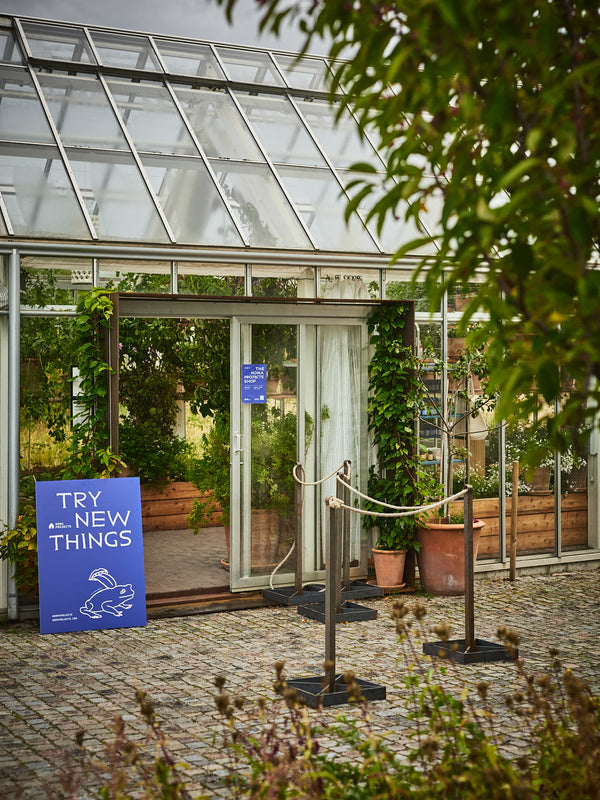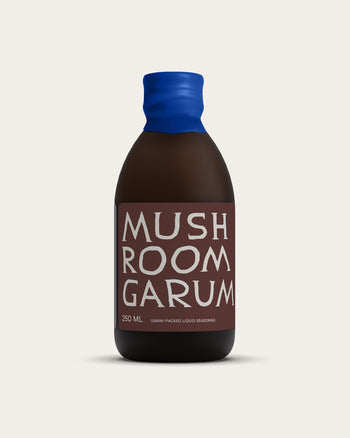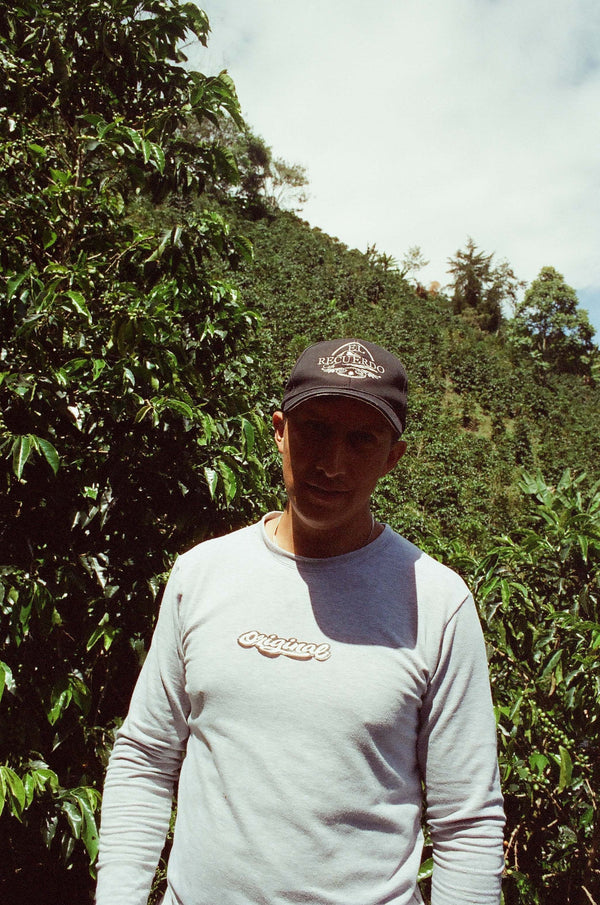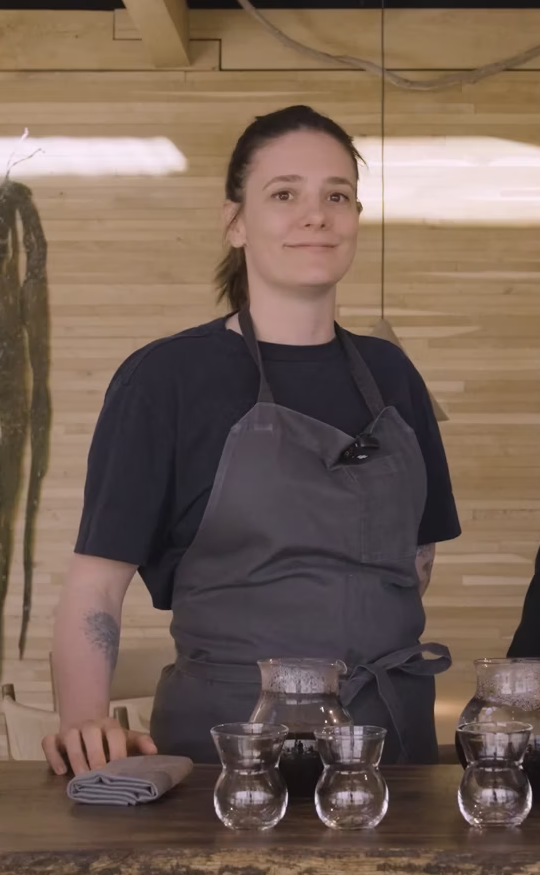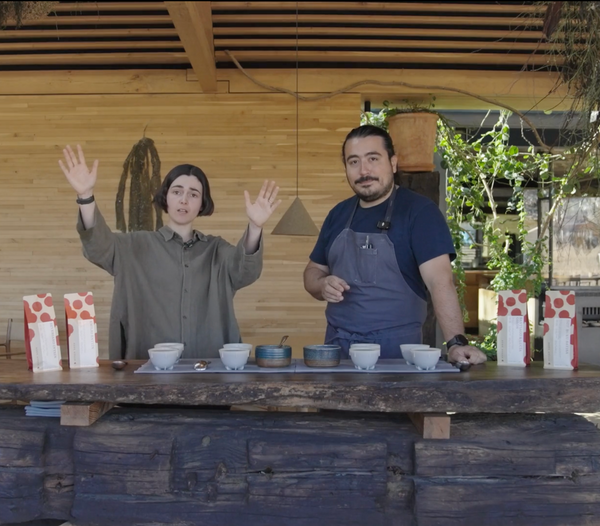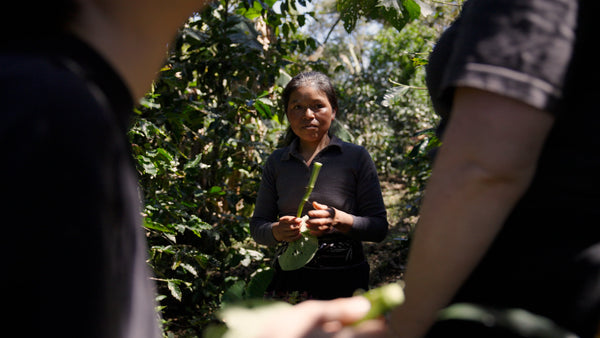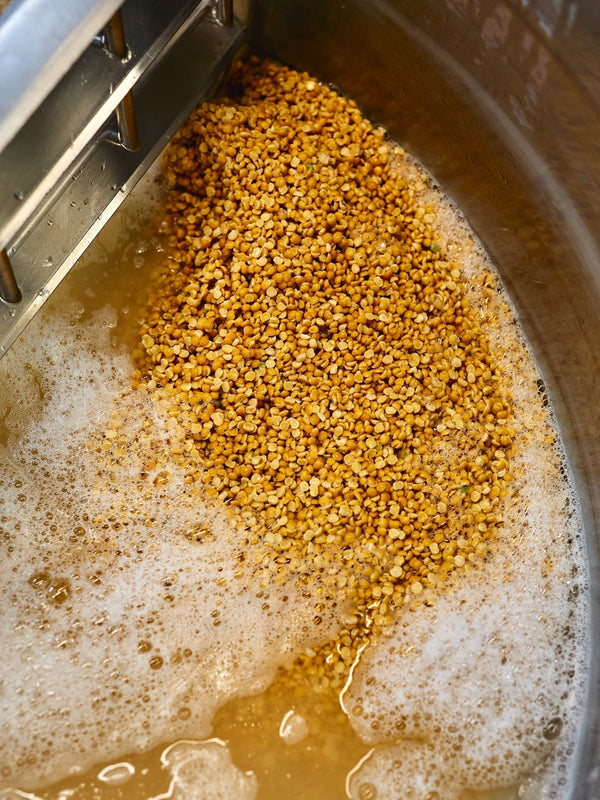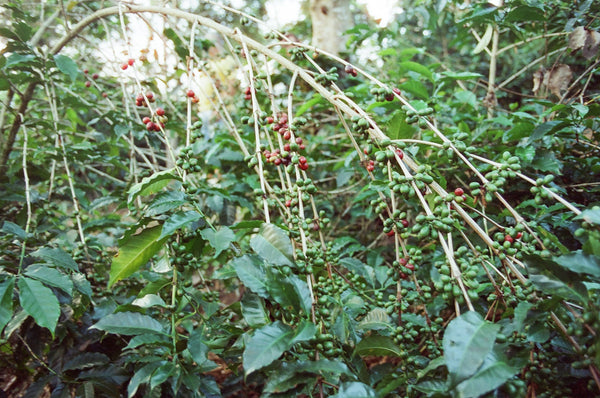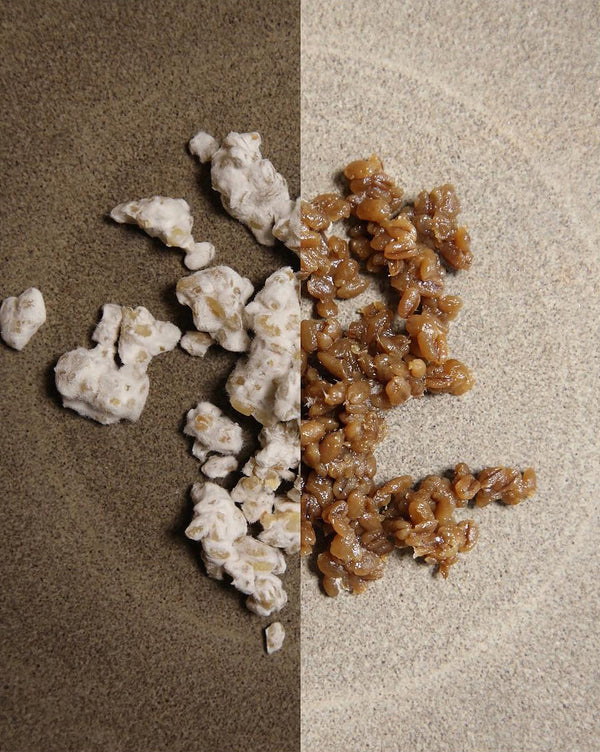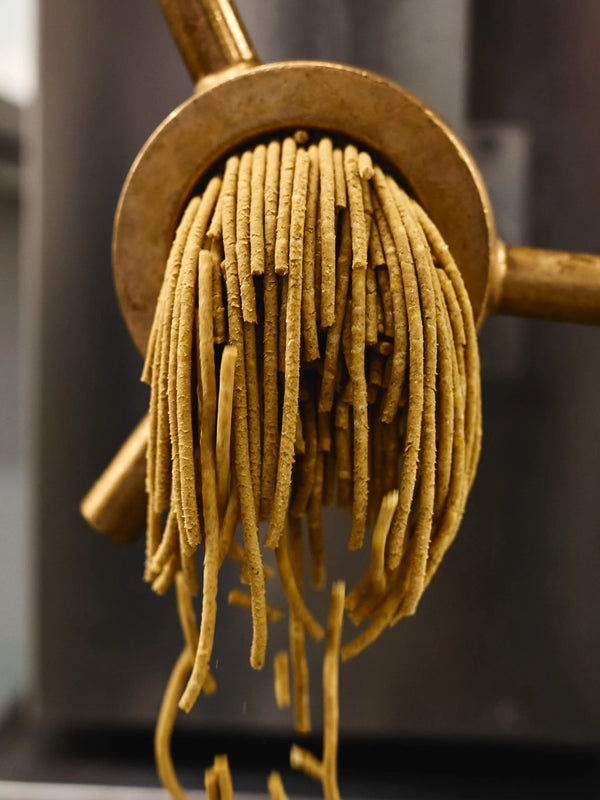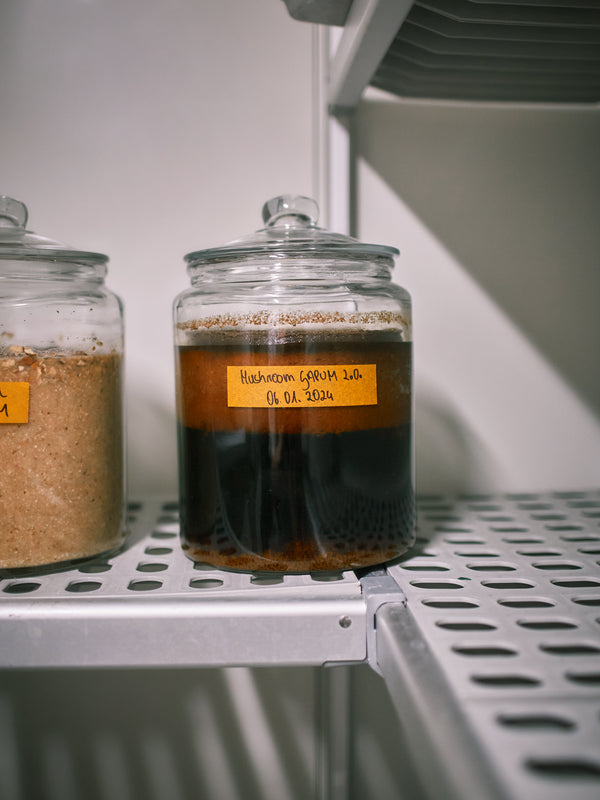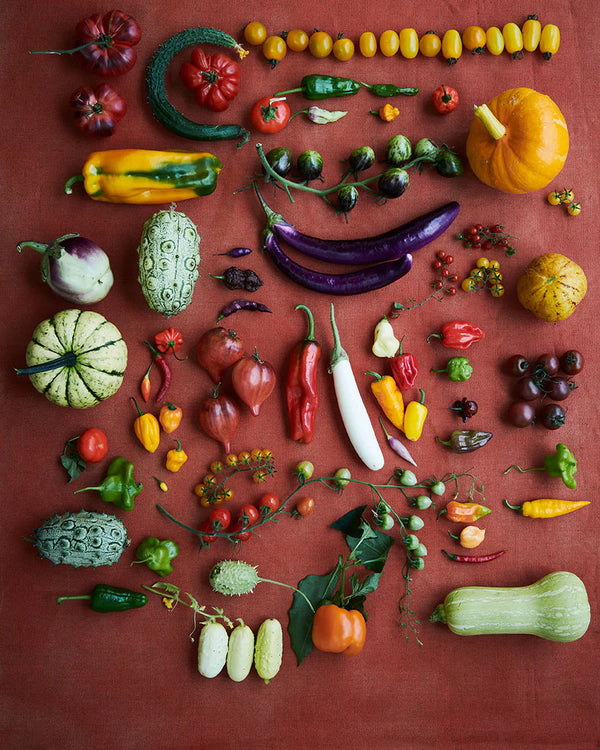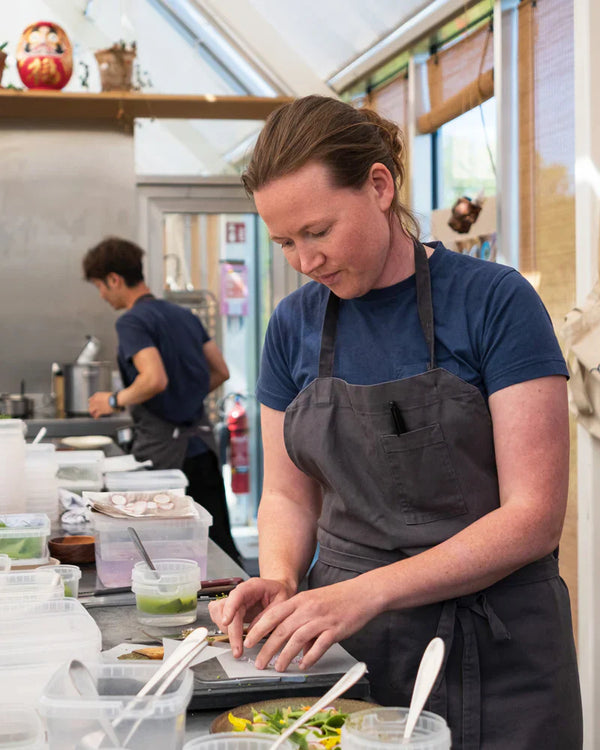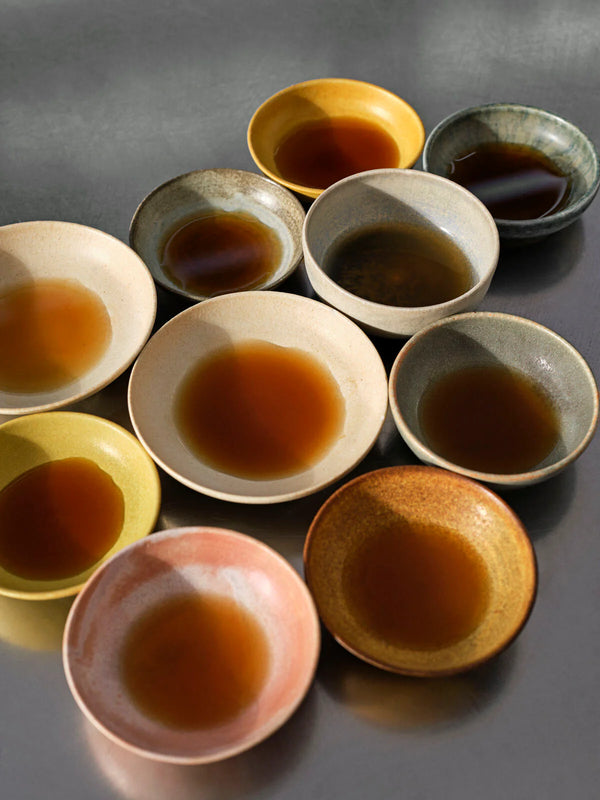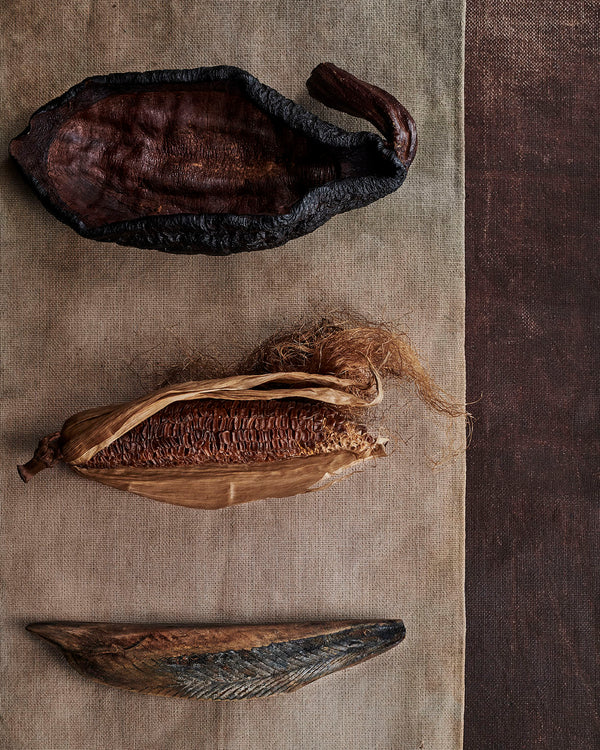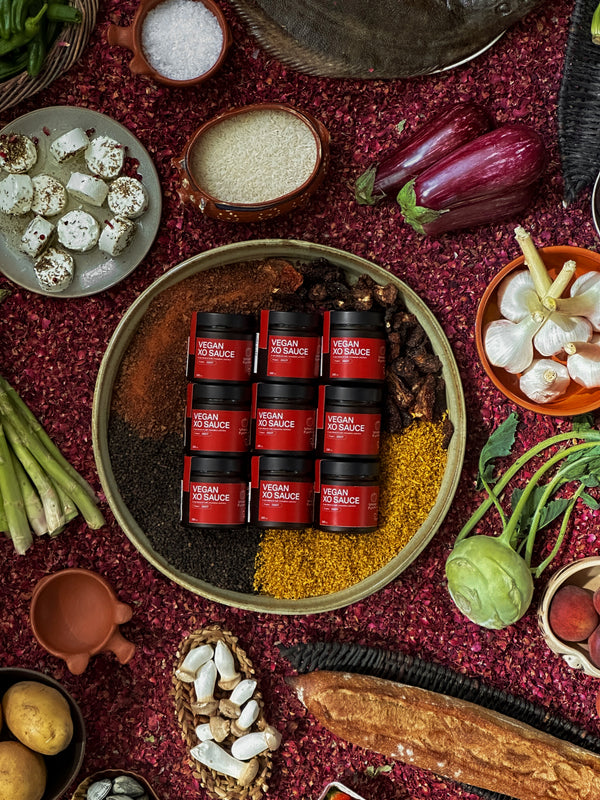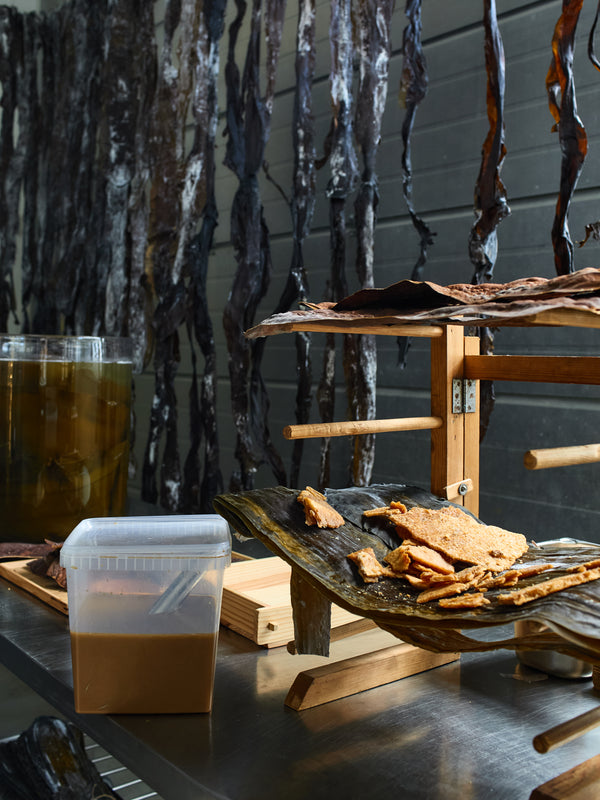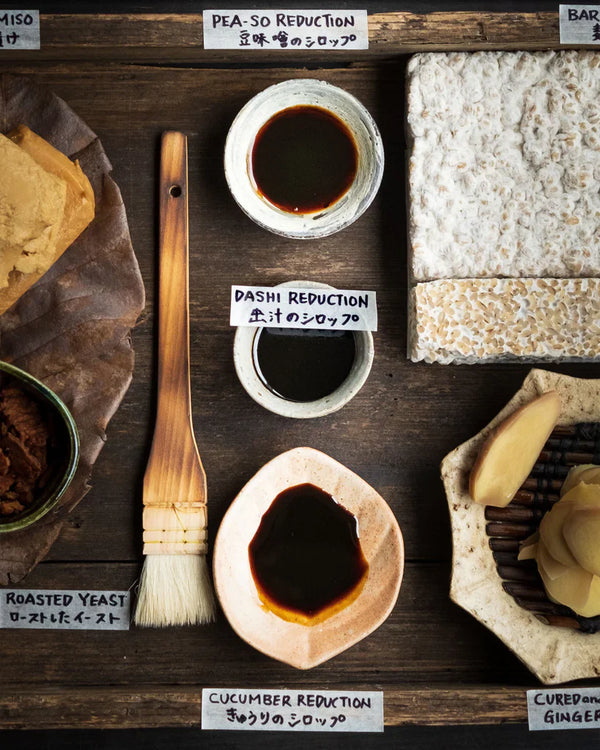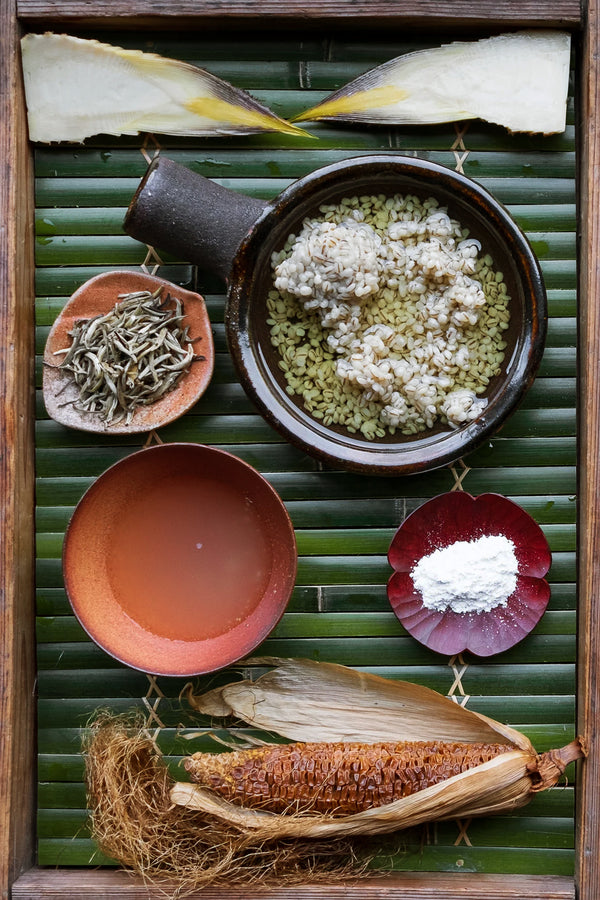By now, you are probably familiar with the name Intzín. As part of our first subscription release, we featured several tiny pickings of a variety called Garnica grown by this family based in Tenejapa, Mexico. Only one month later, we return to this familiar place, and with good reason.
We first tasted Garnica from Tenejapa several years ago, whilst sourcing coffee for the noma pop-up in Tulum. When we did, we were forced to confront our own biases: the truth is, we simply didn’t expect this beguiling combination of citric acidity, juicy texture and berry-like sweetness—all of it so against type, or at least against our conception of its type at the time.
We last served that Garnica as an espresso in the Summer of 2019—but the memory of it stayed with us. So much so that to this day, whenever it makes an appearance on a cupping table, we can immediately recognize it.


Cupping together with Jesús at noma in the summer of 2024
This is precisely what happened last summer, when Jesús Salazar came to see us in Copenhagen. He had brought with him a range of coffees from all over Chiapas for us to taste- blind. Having no idea what we were sampling; we eventually pointed to the few cups we really loved. All Garnica. All from Tenejapa. A full circle moment made all the sweeter when we discovered that 3 of the 4 cups were grown by members of Bertha Intzín’s family.
Our taste was pulling us to Tenejapa — which we were finally able to visit in March. Again, we found ourselves together with Jesús at the cupping table. This time we were able to taste a wider range of Tenejapa Garnica.
To our delight, we discovered that this fruit-forward flavor and juicy acidity was not limited to the coffee of the Intzín family; it was undeniably present in that of their neighbors, as well. Here, in a pocket of the Chiapan highlands, we discovered a clear sense of “terroir”—the distinct character and flavor of a particular place.
It’s no wonder that we fell in love with the Tenejapa coffees, as they share much in common with coffees of Kenya—an origin we have tried to celebrate in the restaurant for many years. The high presence of phosphoric (ie, “berry-like”) acids in these coffees lends them a bright character and lingering aftertaste which pairs well with the typically fresh flavors found in a noma meal.
We chose to include a coffee from Mount Kenya in the 2nd subscription release precisely for this reason.
A cup of Mount Kenya, served at the end of a summer season menu, sparked a new fascination in a regular guest of ours. So much so that he travelled to its source to learn more about Kenyan coffee. Whenever I tell this story I’m struck by two things: 1) This guy’s enthusiasm knows no bounds, and 2) It also makes total sense as Kenyan coffee seems to have this exact, profound effect on certain people.
It was a cup of Tim Wendelboe’s Karogoto which first inspired me to drop out of my photography degree to work with coffee, for instance.
It’s not quite summer yet, but we are already enjoying the promise of the upcoming season’s fruits. And for the first time, that anticipation is not limited to the ingredients that are destined for the kitchen. A fresh crop Colombian coffees arrived just this morning. They’ve already been sample-roasted and catalogued, and we simply cannot wait to serve them.
The coffee for noma’s Tulum pop-up was sourced with the help of Tim Wendelboe and Jesús Salazar of Cafeología.



